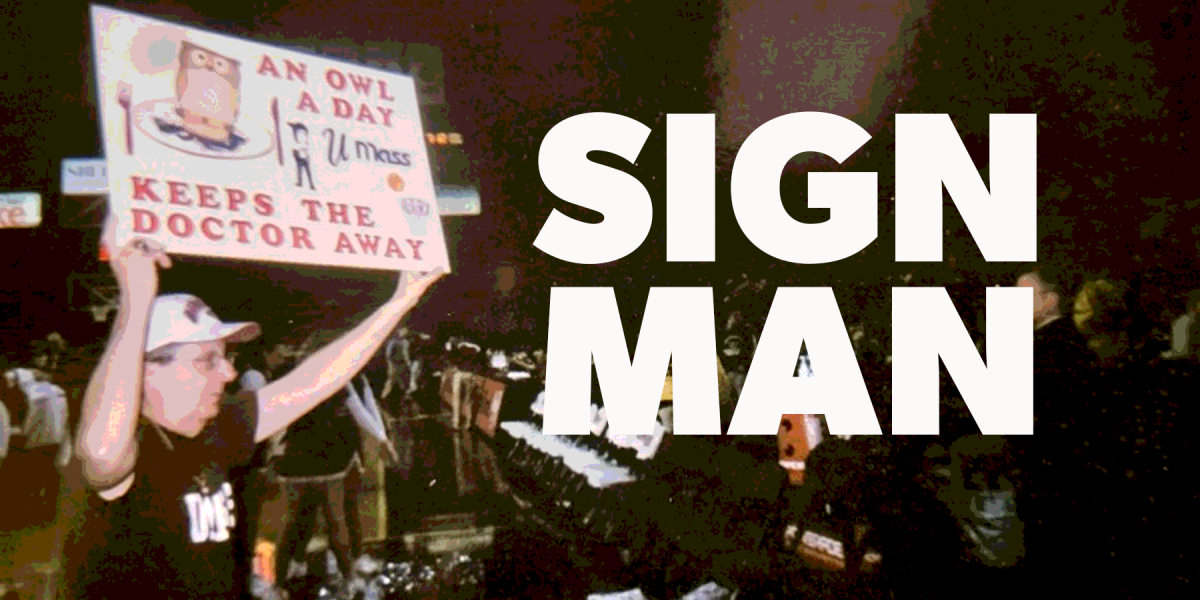Rarely, if ever, do we get a sequel to a film that is almost unanimously heralded as a great film – even a great cinematic achievement. Rarely, if ever, do we get a sequel that pales in comparison to the original, but can still be considered a good movie. Hannibal is the exception, which breaks the above rules.
In 1992, Silence of the Lambs became the only movie ever to capture the two major acting awards, Best Director, Best Picture and a screenplay award at the Academy Awards. It was just that good. However, only one-fifth of that team returns for the sequel, as Anthony Hopkins reprises the role that he was born to play, Dr. Hannibal Lecter.
The almost complete overhaul of the major players hovers throughout the atmosphere of Hannibal. That is, the sequel feels almost entirely different than the original. One of the things which makes Silence of the Lambs a masterpiece, okay, one of the many things that makes it a masterpiece is the sense of restraint exhibited by director Jonathan Demme and screenwriter Ted Tally. Despite the gruesome nature of their subject matter, the tandem used anticipation and anxiety more so than outright gore to thrill the audience.
Perhaps, the climatic final scene of Silence serves as the best example of this restraint. While Clarice Starling (then Jodie Foster) stumbles around in a dark basement, Buffalo Bill assumes a pair of night-vision goggles and looms only inches away. There is no blood, no knives and, for a while, no violence, yet the scene is unnervingly suspenseful and undoubtedly bone chilling.
For Hannibal, new director Ridley Scott (Gladiator) completely throws any sense of restraint out the window. Indeed, I counted five different people who completely left the theater – one within the first five minutes of the film. To call the film gory and disturbing might, in fact, be quite an understatement.
Hannibal picks up ten years after Silence left off. Clarice Starling (now Julianne Moore) is a somewhat controversial FBI agent, especially after a recent drug bust gone bad. Meanwhile, Lecter’s fourth victim, the massively wealthy and severely disfigured Mason Verger is looking for revenge on the predator. Verger’s $3 million reward for information about Lecter draws attention from abroad, where the kindly doctor has taken to hiding.
When Starling receives this new information, she is faced with a dilemma. She can play hardball with the Defense Department and track down former subject/confidante Lecter to clear her name. Or, she can watch as her career falls to shambles and her former subject/confidante is hunted down by Verger.
So cleverly, Hannibal stays faithful to the original’s purpose setting up “the chase” as the film’s main pillar of action and character development – only this time around it is Lecter who is being chased. Sure, the separation of Clarice and Lecter does not allow for the inherent tension of their relationship – pseudo-sexual, intellectual or otherwise – but it does allow for insight into their respective lives apart from each other. For example, Giancarlo Giannini does an absolutely stunning job as the Italian detective Rinalso Pazi (think Benicio Del Toro in Traffic). The development of such minor characters was not possible in the original because of the overwhelming magnitude of the central relationship.
Of course, neither film works without the Lecter/Clarice dynamic. Even with Julianne Moore assuming the role of Clarice, the pair still shares one of the more intriguing cinematic relationships – replete with mutual admiration and sexual undertones. Never have two isolated people seemed in such emotional correspondence, yet in such physical opposition. While the use of cassette tapes to recall conversations from the first film may be a heavy-handed tactic, it does remind people of that relationship – still fascinating after ten years.
That said Jodie Foster turned down the chance to reprise her Oscar-winning role because she thought the script was too gory and made Lecter too sympathetic a character. These criticisms are not entirely unfounded. Hannibal paints the sympathies between the FBI agent and the cold-veined killer quite thickly – to the point where Lecter is portrayed in an almost heroic light. And while Lecter may be the bad guy that everyone loves to root for, he is certainly not a hero. Hannibal errs here where the original managed to steer clear.
Some people have said that Hannibal is an art film hiding inside a mainstream release, but I don’t think this conclusion can be justified. Excessive blood does not an art house film make. In fact, if anything, the excessive blood and gore only points to weakness in the script. The inherent suspense and superb crafting of Silence is not compensated for by the shock value of its sequel. It’s hard not to enjoy Hannibal on some level – if for no other reason that to see the how the story lines of familiar characters play out. It’s also hard not to compare it to the original – a comparison that simply does not hold up.






